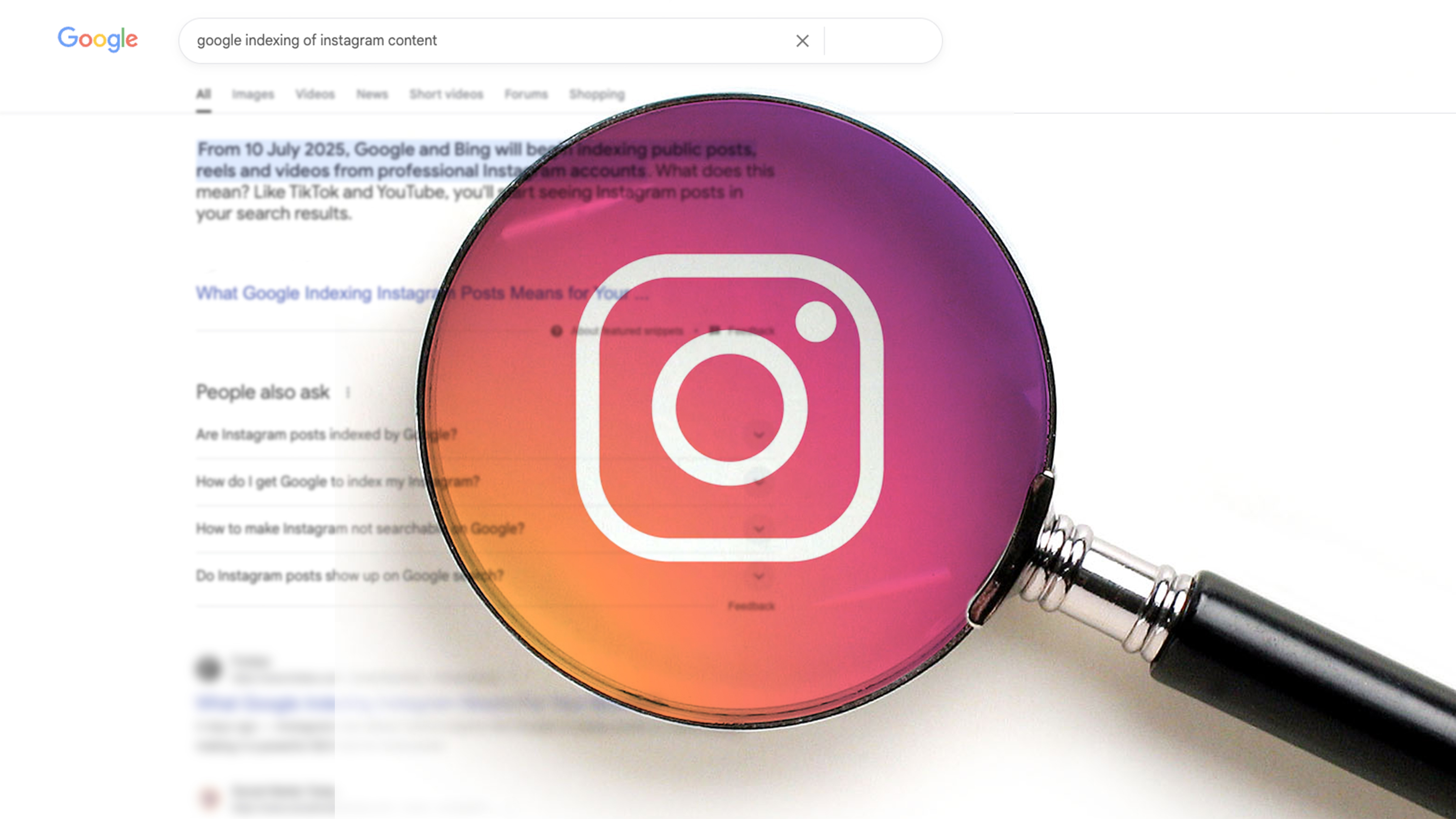This leaves business owners with some difficult decisions to make: the challenges are great, but as we’ve already shown, there are many marketing activities that you can do to stimulate growth and increase customer engagement. This article will walk you through paid advertising - a subject that usually prompts confused faces and lots of questions.
What is paid advertising?
Paid advertising is a way to get your marketing messages to a much wider audience than you currently reach by promoting them across search engines and social media networks.
You can do this in several ways - the most popular however are text-based advertising and image-based advertising (referred to as display), so we’ll focus on just those two for now.
Where can I advertise?
You have two main choices when it comes to paid advertising: search engines or social media.
All popular search engines offer paid advertising, but the most popular is Google Ads… this isn’t terribly surprising as Google is also the most popular and widely used search engine. However, Bing and Yahoo also offer advertising. Your Google Analytics will be able to tell you which search engine your visitors are coming from - the vast majority will almost certainly be coming from Google, however we’ve seen some of our customers have a healthy amount from Bing, and so we’ve run paid advertising campaigns on that platform to great success.
Likewise, most social media networks offer paid advertising too - the most popular being Facebook, followed by Twitter and Instagram, as well as LinkedIn, Pinterest and Snapchat.
As an aside, if we count YouTube as a social media platform, and some do, then it is actually one of the biggest players in social advertising. However we won’t be focusing on that in this article.
Where should I advertise?
Choosing where you should advertise is always a nerve-wracking experience - you’re asking where you should spend thousands of pounds in the hopes of getting more money in return. It’s the most common question we’re asked at events and conferences - but it isn’t a question we can answer, only you can.
Assuming you have Google Analytics for your website, and you really should have it, then the answer you’re looking for is right there. It’s the first thing we ask to see when we start talking with new customers.
Your Google Analytics account can tell you everything you need to know about your audience, including, most importantly, where they’re coming from (referred to as Source).
We already know that, unless you’re incredibly unique, that the vast majority of your search engine traffic (referred to as Organic) will be coming from Google. Do you see any other search engines - such as Bing, Yahoo, or DuckDuckGo - on your source list? When you look at social media, where is that traffic coming from? We would expect to see a clear link between your social media traffic and the platforms where you are already active - for example, if you have a Facebook page with a decent level of activity.
Now armed with some insights into where your existing visitors are coming from, the question of where to advertise isn’t so daunting - you just need to consider the following:
Am I happy with the levels of traffic coming from Google?
If you are, you don’t need to advertise here. If not, and everyone we talk to always wants more traffic, then Google Ads is an obvious first choice for paid advertising.
How important is social media to my business?
Social media isn’t for every business, but if you’re customer-facing then the chances are it’s right for you. How active is your Facebook page? Do you get enough engagement on your posts, or is more than two likes a thrilling surprise? If you want more, then advertising here is a good choice too.
What will I get out of paid advertising?
Why should you invest in paid advertising? If you want to grow your business or its profile quickly, paid advertising is the best way to do this. There are a few caveats worth highlighting first:
- Paid advertising on its own won’t lead to astronomical growth: for that you need to combine it with some of the other techniques we’ve discussed in previous articles, such as content marketing, social media, email marketing, as well as ensuring your website is up-to-date and within Google’s best practice guidelines. All of this working together is a growth strategy.
- Your return on paid advertising (ROI) is linked to the level of investment - the more you put in, the more you get out.
However, paid advertising is a great way to see results quickly. Many of our customers are investing heavily in paid advertising as the market returns, and we’re seeing results far in excess of what they were the same time last year. The chances are your competitors are investing in paid advertising to help them grow out of the recent slump - this will give them the edge over anyone that isn’t doing the same.
Before you begin any paid advertising campaigns, you first need to decide what you want to achieve with them. The most common results our customers want to see are: more sales, more traffic to their website, more engagement on their social media channels, and more return visitors. Each of these goals requires a different type of campaign, which I’ll outline below.
More sales from paid advertising
More sales are, unsurprisingly, the top of the wishlist for most businesses - we haven’t met anyone yet that would like fewer sales.
You have a few options when it comes to increasing your sales through paid advertising, and there are a few things you can do to help your advertising campaigns succeed.
To increase sales through paid advertising, you should be looking at both text-based ads and display ads. The text-based ads will give you the opportunity to talk more about your products, but to be really effective you should be offering exclusive special offers and discounts for anyone clicking on the ad. Your display campaigns won’t convert as highly as text campaigns, but they are far cheaper and are great at driving traffic to your website - use high quality, enticing imagery for these.
More traffic from paid advertising
Traffic to your website is more than just a vanity number - it increases your visibility and increases the likelihood of more sales. Traffic campaigns are much cheaper than sales campaigns, as there is less competition for your brand terms. Text-based ads across search engines and social media will help you to promote your business to the audience you want. You should target your ads at the same audience you are already targeting, unless part of your strategy is to diversify your audience.
People will need a reason to click your ads and visit your website - so use emotive language and if you have any special offers or advantages, such as cheaper products or services than your competitors, then highlight them.
Traffic ads are very useful for putting your business in front of people who are searching for your competitors, searching for similar products or services, as well as people who are more broadly interested in what you offer.
Getting more engagement on social media through paid advertising
Nobody enjoys spending hours coming up with the perfect Facebook post only to see nobody engage with it - we want to see people ‘liking’, commenting and sharing our posts, as this ultimately extends the reach of our business.
You’ll likely have noticed, because Facebook is anything but subtle, that your posts have the option to ‘boost’ - which is a paid advertising campaign for your individual post. Boosts work well in extending your reach, but on their own are ineffective at increasing engagement long-term. For that, you need to increase your Facebook page’s audience by launching follower campaigns - i.e. paid advertising to promote your Facebook page.
It may seem counterintuitive - surely you should focus on just promoting your products rather than your Facebook page? However the aim of a follower campaign is to invest initially so that your later, organic (i.e. free) efforts pay off without having to continually boost your posts to get any attention. It’s very much a long-term strategy, and only worth pursuing if social media is important to your business or sector. Check out what your competitors are doing on their social channels - do they have more followers than you? What level of engagement are their posts getting? If every other business in your sector isn’t getting much social media love, it’s unlikely that it’s a worthwhile channel for you to invest heavily in.
Getting visitors to return through paid advertising
Otherwise known as remarketing. It’s one of the most effective, and least utilised, methods of increasing business. Remarketing is simple - and it’s something every one of us has experienced when using the internet. Remarketing is targeting ads at people that have already visited your website.
If you’ve ever looked at a holiday online, or a new pair of shoes, and later noticed Facebook is showing you ads for exactly those things - it’s not a conspiracy, it’s remarketing.
Theoretically, when a website visitor looks at one of your products, they are considering whether to buy it or not. Remarketing ensures that, even after they’ve left and stopped thinking about your product or service, they are reminded of it. It’s a subtle, almost subliminal, form of advertising, but it is highly effective.
Data shows that the more people return to your website, the more likely they are to ultimately purchase something from you. Remarketing helps that process along.
The benefits of remarketing is that it’s one of the cheaper forms of paid advertising, it’s also unique to your website, as you’re only targeting people that have already shown an interest in you, and there’s less competition.
How much should I spend on paid advertising?
This is another really common question we struggle to answer without knowing more about a business.
There are a few factors that need to be considered when setting budgets: the first is understanding that the more you invest, the more return you’ll see. We generally recommend a budget of £40 per day for campaigns to be effective - that should be sufficient to keep your ads visible throughout the day, and pick up some engagement.
However what we focus on, and what you should too, is the cost per acquisition (CPA) - i.e. how much do you want to spend per transaction.
To put it another way - if you’re selling a holiday for £300, how much of that do you want to spend to get the sale? Clearly you wouldn’t spend £500 to get a £300 booking, so already you know what your upper budget looks like. When we run paid advertising campaigns, we cap our budgets at the CPA level, to make sure that you never spend more in advertising than the cost of the product.
Keep in mind that if your holiday is £300, it’s unlikely that you’re making £300 profit from that, so before deciding your CPA budget, you need to look at what your average profit margin is. If you usually make £100 profit, for example, you are unlikely to want to give 50% of that to Google or Facebook.
It’s important to consider all of these things before deciding on how much to spend on paid advertising - there’s more to it than just deciding the monthly budget. If you take the time to understand this part, you will have far more success in paid advertising than someone who skipped these considerations.
Where do I begin?
Assuming you’ve decided paid advertising is worthwhile, here are the steps you should take to get started:
Using Google Analytics, find out where your visitors are coming from.
Sign up to Google Ads, Facebook Advertising, etc.
Think about what you’re offering - why should people click on your ads?
Gather some high quality imagery.
Write some compelling ads, preferably with special offers.
Decide how much you want to spend.
Choose your target audience.
Get started!
Alternatively, if you aren’t comfortable with paid advertising, it’s worth reaching out to an agency that specialises in paid advertising. It doesn’t have to be Bliss, but we do have an unbeatable track record in this area...
POPULAR, RELEVANT POSTS:
Check out our full Content Hub for advice, best practice and ideas on how businesses can proceed with digital marketing during the Coronavirus period.
Articles and Blogs
Our blog gives you more of an insight into who Bliss are and what we’re up to. Check out our articles below.
View all articles

